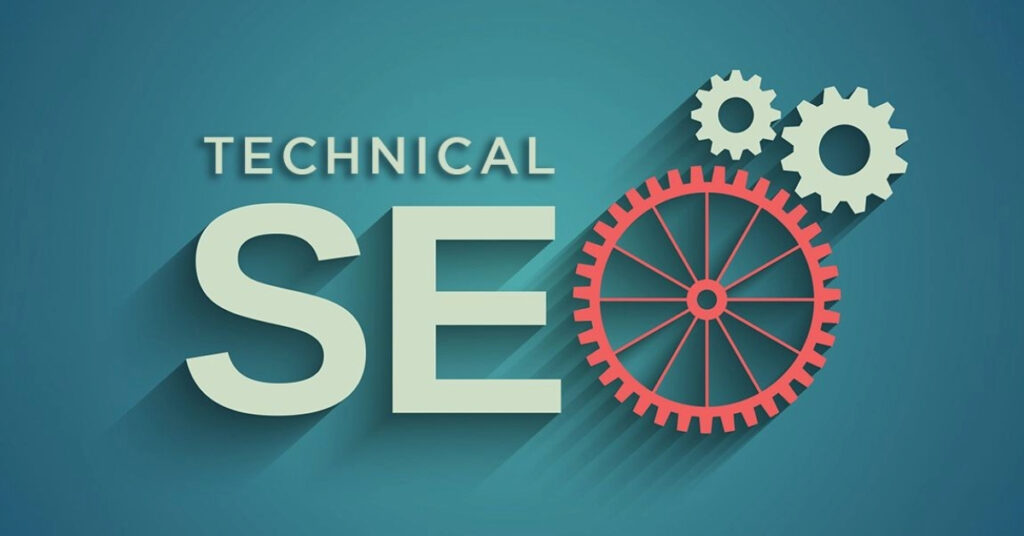B2B SEO isn’t just about driving traffic—it’s about attracting decision-makers who are actively searching for solutions. Unlike B2C SEO, where volume often matters more than specificity, B2B SEO demands a strategic approach that focuses on intent, content quality, and conversions.
This guide walks you through how to structure your B2B SEO strategy for high-value lead generation, ensuring that your traffic translates into real business opportunities.
1. Understanding B2B Search Intent
B2B buyers have different search behaviors than consumers. Their search queries are often more detailed, problem-focused, and involve multiple stakeholders. Instead of broad informational queries like “best project management software,” B2B searchers may use more specific queries such as “best project management software for enterprise teams” or “Asana vs. Monday.com for IT companies.”
Key Differences Between B2B and B2C SEO:
- Longer Sales Cycles: B2B buyers take more time to research and make decisions.
- Multiple Decision-Makers: Purchase decisions often involve executives, managers, and IT teams.
- Higher Value Per Lead: B2B SEO focuses on quality leads over sheer traffic volume.
To optimize for B2B intent, you must align content with different stages of the buyer journey:
- TOFU (Top of Funnel): Educational content (guides, blog posts, industry reports)
- MOFU (Middle of Funnel): Comparison pages, case studies, product breakdowns
- BOFU (Bottom of Funnel): Pricing pages, demo requests, customer testimonials
By understanding search intent and structuring your content accordingly, you increase the chances of attracting the right audience at the right time.
2. High-Value Keyword Strategies
Traditional keyword research doesn’t always work for B2B, where search volume is lower, but intent is stronger. The key is targeting decision-driven keywords that indicate purchase intent.
Types of High-Value B2B Keywords:
- Problem-Solution Keywords (“how to reduce IT infrastructure costs”)
- Competitor Comparison Keywords (“HubSpot vs. Salesforce for small business”)
- Feature-Specific Keywords (“best CRM with automation features”)
- Industry-Specific Keywords (“best ERP software for manufacturing companies”)
- Transactional Keywords (“enterprise cybersecurity pricing”)
How to Find These Keywords:
- Google’s People Also Ask & Related Searches
- SEMrush & Ahrefs Keyword Explorer
- Customer Interviews & Sales Team Insights
- LinkedIn and Industry Forums
Once you have your keywords, group them by intent to create targeted content that matches where the user is in their buying journey.
3. Content That Converts
Content marketing plays a crucial role in B2B SEO. The goal isn’t just to rank—it’s to build trust and guide potential customers toward a decision.
Key Types of B2B SEO Content:
- Ultimate Guides & Industry Reports (Authoritative long-form content to establish expertise)
- Case Studies & Whitepapers (Showcasing successful use cases and ROI)
- Comparison Pages (Helping buyers decide between competing products)
- Thought Leadership Blogs (Positioning your brand as an industry leader)
- Video Content & Webinars (Enhancing engagement and understanding)
Best Practices for Creating High-Converting Content:
- Use real-world data and examples to build credibility.
- Incorporate E-E-A-T (Experience, Expertise, Authoritativeness, Trustworthiness).
- Make content scannable with headings, bullet points, and visuals.
- Include clear CTAs that lead to demo requests, whitepaper downloads, or pricing pages.
- Optimize for Featured Snippets to capture high-intent searchers.
- Repurpose content into different formats to maximize visibility (e.g., blogs into LinkedIn posts, reports into webinars).
4. SEO for Account-Based Marketing (ABM)
B2B companies increasingly use Account-Based Marketing (ABM) to target specific high-value prospects. SEO can support this strategy by optimizing content for key accounts and industries.
ABM-Driven SEO Tactics:
- Industry-Specific Landing Pages with personalized content.
- Company-Specific Blog Posts targeting enterprise prospects (e.g., “How [Company Name] Can Optimize Its [Solution]”).
- Retargeting SEO Traffic with LinkedIn and Google Ads.
- Creating Exclusive Content (Gated reports, invite-only webinars) to drive high-quality leads.
- Using personalized email outreach to convert high-intent visitors.
By integrating SEO and ABM, you can create a highly targeted, lead-generating strategy that brings in decision-makers.
5. Optimizing for B2B Buyer Journeys
B2B sales cycles are longer and more complex, so your SEO strategy needs to support each stage of the journey.
Mapping SEO to the B2B Buyer Journey:
- Awareness Stage (TOFU): Blog posts, educational guides, industry trends
- Consideration Stage (MOFU): Comparison pages, case studies, solution-driven content
- Decision Stage (BOFU): Demo requests, pricing pages, testimonials, ROI calculators
To ensure smooth navigation through the funnel, create internal linking structures that guide users from TOFU content to MOFU and BOFU pages.
6. Technical SEO for B2B
A strong technical foundation ensures that your content gets indexed and ranked properly.
Key Technical SEO Priorities:
- Site Speed Optimization (Use Google PageSpeed Insights & Core Web Vitals)
- Mobile-Friendly Design (Ensure seamless UX across devices)
- Structured Data & Schema Markup (Helps Google understand your content)
- Internal Linking Strategy (Boosts page authority and navigation)
- Optimized URL Structures (Descriptive, keyword-rich, and user-friendly)
- Indexation Control (Prevent irrelevant pages from being crawled)
- Regular SEO Audits to identify and fix issues proactively.
7. Building a Resilient Link Profile
Backlinks remain a top ranking factor, but in B2B, it’s all about quality over quantity.
Effective B2B Link-Building Strategies:
- Guest Posting on Industry Sites (Get featured on authoritative blogs)
- Earning Links via Digital PR (Press mentions, thought leadership articles)
- Data-Driven Reports & Studies (Publish original research that others link to)
- Strategic Partnerships & Co-Marketing (Collaborate with industry peers)
- Broken Link Building (Find and replace outdated links on relevant sites)
- Podcast Guest Appearances (Increase brand visibility and backlinks)
A strong link profile protects your site from Google updates while improving authority and rankings.
Final Thoughts
B2B SEO is not about chasing high traffic—it’s about attracting the right audience, nurturing leads, and driving conversions. By focusing on high-intent keywords, producing authoritative content, and aligning SEO with the B2B buyer journey, you can create a scalable, lead-generating SEO strategy that delivers long-term business results.
Invest in these strategies, track your performance, and continuously refine your approach to stay ahead in the competitive B2B landscape.


